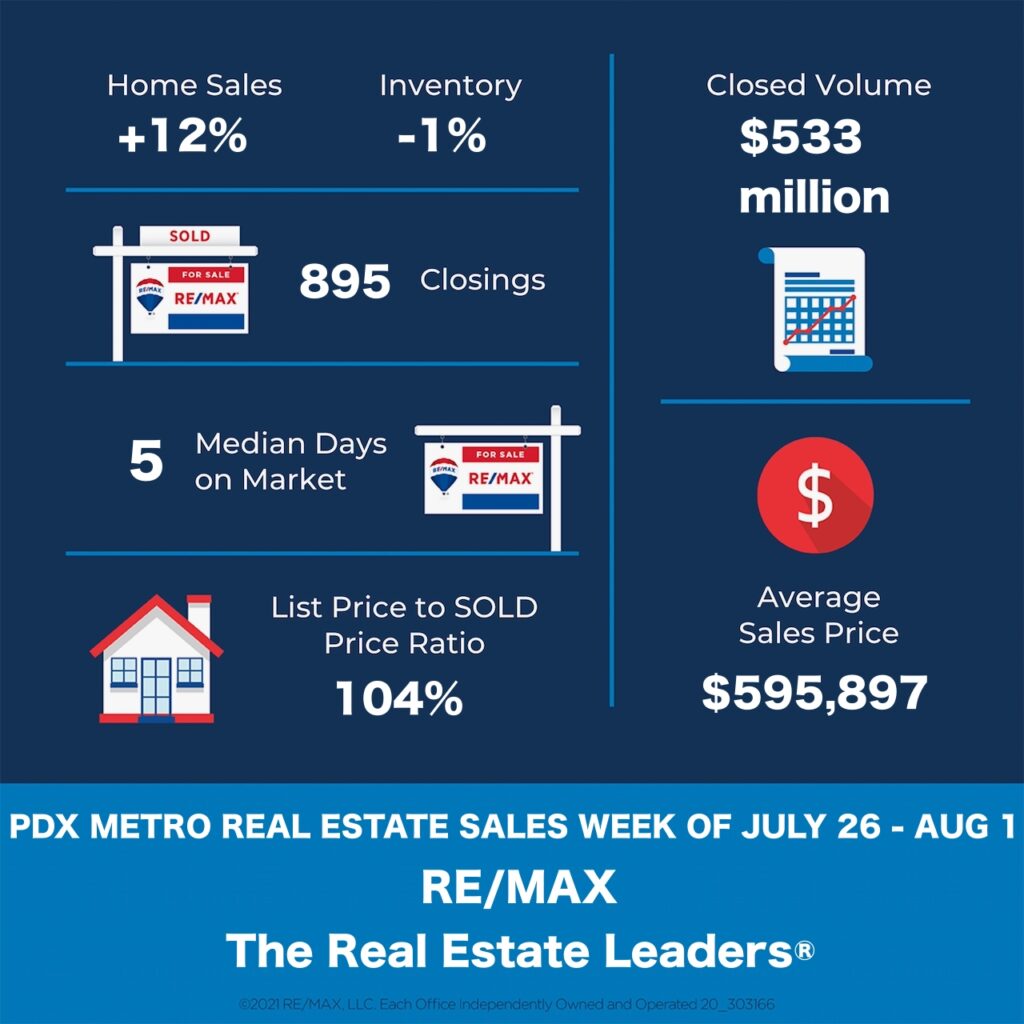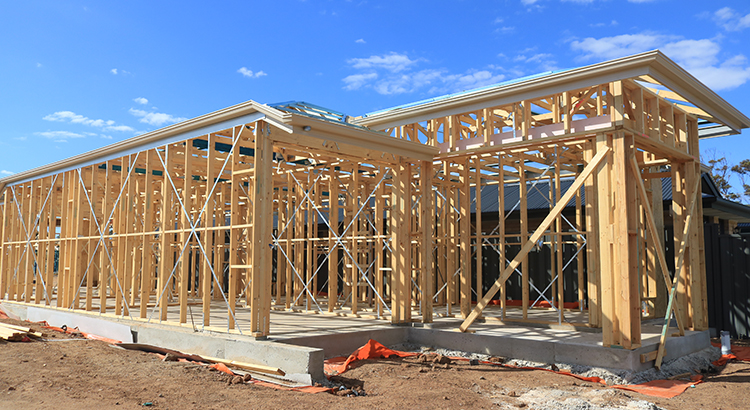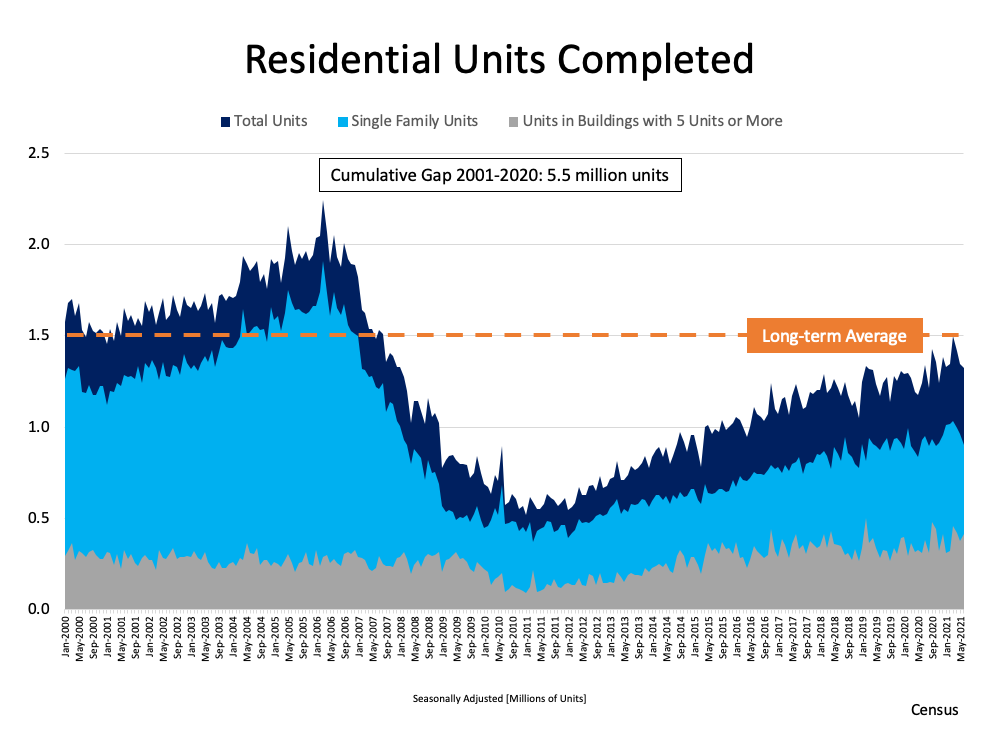Hear what title pros say to do — and not do — before closing on a house.
From HouseLogic
Ever notice that when you’re unprepared, it heats up stressful situations? Take the preclosing stage of the home-buying process. You may keep thinking about the money at stake, while forms, disclosures, and reports fly at you. It’s enough to overwhelm anyone. Anyone who isn’t well prepared, that is.
You can get a head start, though, by following advice from three title professionals: Cynthia Durham Blair, an attorney at Blair Cato Pickren Casterline in Columbia, S.C., and a past president of the American Land Title Association; Charles J. Esposito, managing attorney at JK Closing Attorneys in Coconut Creek, Fla.; and Cheryl Monahan, an escrow officer at Clark County Title in Vancouver, Wash.
7 Common Mistakes When Closing on a House
Here’s a list of the most typical closing-on-a-house problems the title pros see IRL and how you can steer clear of them.
#1 Sprinting Through Documents and Emails
Attention spans are short in the digital age, and you’re probably not in the habit of reading thousands of words at a single sitting. That’s understandable, but you must read every word in documents and emails your lender, agent, appraiser, and title officer put in front of you. And you must read them carefully.
Yes, it’s a lot of reading. But you are making the biggest purchase of your life. The details are important. “Contracts are legal documents, so what they say matters,” Esposito says. “Once a contract is signed, it’s legally enforceable.”
#2 Paying Too Little Attention to the Paperwork
Monahan describes a buyer who didn’t read all the paperwork and was left high and dry – literally. “It was a fast close for out-of-town buyers,” she says. The sellers were flippers who had never lived in the house. They checked the “don’t know” box in the section of the disclosure form that asks if the home’s water system has problems or needs repairs. The buyers didn’t read the disclosure form carefully, so they didn’t see that the condition of a major system in the home was unknown. The buyers closed on the house, and a few weeks later found out the well had dried up. “They didn’t have a drop of drinking water,” Monahan says.
Esposito recommends asking your title representative for a copy of as much of the paperwork as you can get before the closing date and reading it a few days in advance. He says you should be able to get everything but the lender documents, which aren’t available until the close. “Reading them early gives you time to make notes or ask questions,” he says.
That said, it’s OK to wait until the closing to read some of the docs, even if it means making everybody wait while you delve into the minutiae of the escrow statement, sale agreement, or deed of trust. “Buying a home is a huge and important decision,” Esposito says. “Take your time!”
#3 Leaving People Out of the Loop About Major Life Changes
This deal involves several people: you, the seller, your agent, the seller’s agent, the lender, and the title rep. Keep relevant participants in the know about every bit of information, or you could delay your closing. If you have a job change right before closing, let the lender know. If you and the seller do a handshake deal on a credit for a last-minute repair, notify your agent and the lender.
“The paperwork has to reflect any deals,” Blair says. If the lender knows about the deal, they’ll capture it in the paperwork.
Esposito has seen buyers who were laid off or furloughed during the nation’s initial COVID-19 outbreak after being pre-approved for a mortgage but before closing. They didn’t tell anyone. “They thought we wouldn’t find out,” Esposito says.
Lenders always find out, he explains. They do a second check on your employment just before the closing date. Speak up when you have a job change, so that your lender can restructure the deal. It’s better than being silent and having the sale fall through at the last minute.
#4 Using Inconsistent Versions of Your Name in Your Documentation
Have you recently gotten married or divorced but not updated your driver’s license with the name change? If so, you could run into trouble at closing.
On closing day, a notary will look at your license to be sure the name matches the name on your paperwork. “If the names don’t match, we can’t sign the title,” Monahan says. You’ll either have to get a new ID with a name that matches the one on the paperwork, or redo the paperwork to match the name on the ID. “Either way, you’re not closing on your house that day,” Monahan adds.
To avoid this snafu, make sure your state-issued ID has your current name on it. At the beginning of the deal, tell your lender, agent, and title officer your full legal name – your first, middle, and last name as it appears on your ID. No nicknames or stage names allowed.
#5 Being in the Dark About the Home Closing Process
A lot of buyers, especially first-timers, don’t understand their role in a home closing. Blair, Esposito, and Monahan have seen buyers who:
- Brought their checkbook to a closing thinking they could pay with a personal check
- Didn’t know the location of the closing or who should come with them
- Were surprised to learn they would be reading and signing a stack of important documents
Spend some time learning about the steps and the players in the home– buying transaction. That way, you’ll know what’s expected of you.
#6 Forgetting to Line up Your Wire Transfer or Cashier’s Check or Not Allowing Enough Time
As mistake #5 indicates, you can’t use a personal check to cover the amount you owe at closing, including the down payment. You’ll need to pay the balance with a wire transfer or a cashier’s check.
You can get a cashier’s check at a bank where you hold an account, assuming you have enough money in your account to cover the transaction and all recent deposits have cleared. Keep in mind that some banks require advance notice, so it’s not a good idea to plan on a quick stop on the way to closing.
Most banks send wire transfers electronically. You can request the wire transfer in person, over the phone, or sometimes over the internet. Even though this sounds fast, delays can happen. The money might need to be sent to a corresponding bank, or you may miss your bank’s cutoff time for sending wire transfers or lose time waiting for an approval.
If you’re trying to decide between the two options, consider the fact that some closing agents won’t accept cashier’s checks at the closing table. “It’s a risk,” says Esposito. “The funds won’t be available in their escrow account until the next business day. So, when [closing agents] accept a cashier’s check, they are closing the transaction with insufficient funds. The larger the amount of the cashier’s check, the less likely it will be accepted.”
WIth either a wire transfer or a cashier’s check, ask questions about payment requirements and be sure to allow enough time.
#7 Asking Too Few Questions at Closing
If you see an acronym you don’t recognize, ask. Is there a word you don’t understand? Ask. Do you wonder if the well has been checked? Ask. No question is too big or too small.
Blair suggests calling the title company and asking questions a few days before closing. “If a buyer calls us in advance and asks us to walk them through the transaction, we’re happy to do it, either on the phone or in person,” Blair says. “It means the process will go smoothly on closing day.”
You can ask questions at the closing, too. Remember, your agent and the title officer are there to help. “At some point we were all first-time home buyers,” Monahan says. “We were all scared; we understand. Don’t be afraid to use us.”
You may think the stress of closing is a given. But you can keep your cool if you communicate and ask questions, read the documents, and understand the home closing process.




